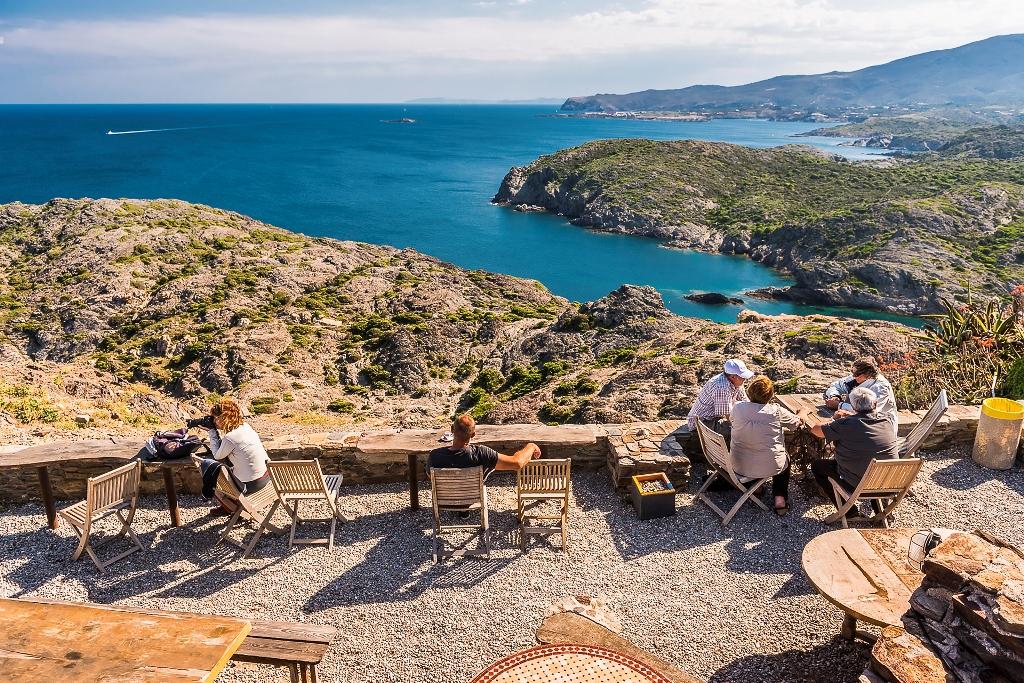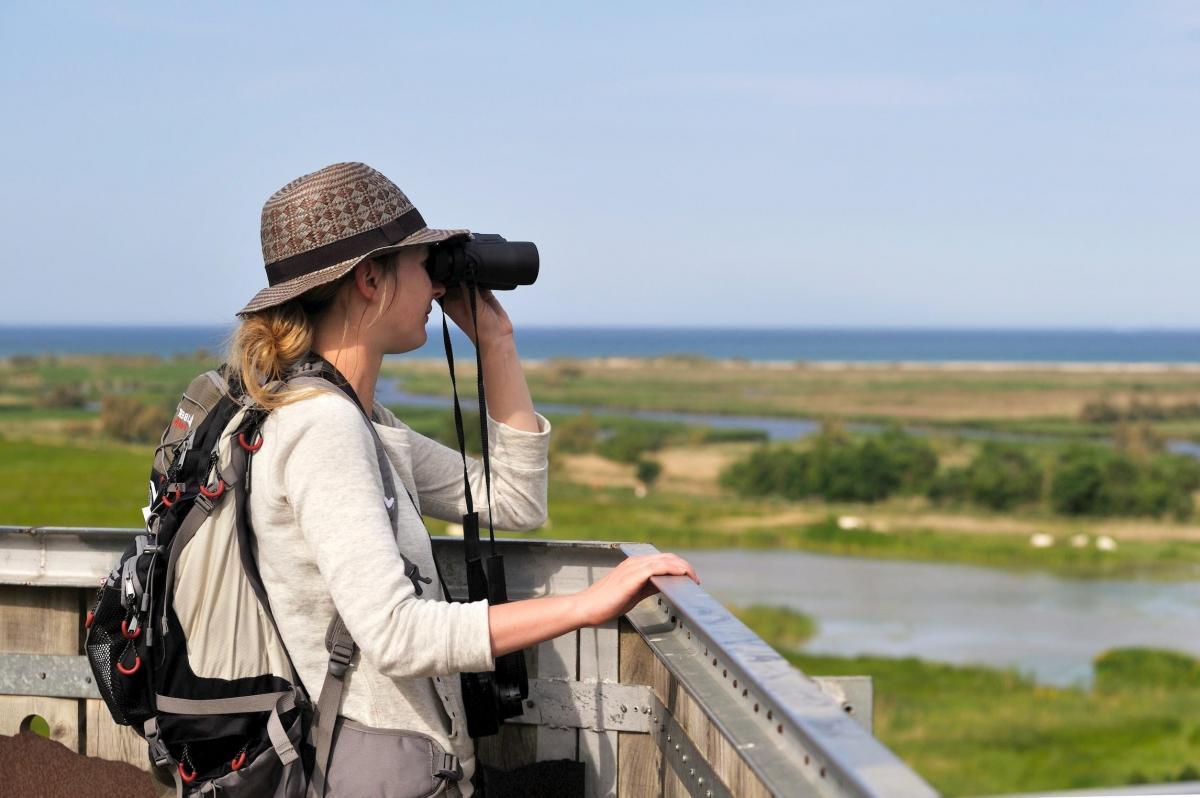Walking along the coastal paths is a cheap, healthy, attractive way of spending your holiday. It is also one of the best ways to discover Cap de Creus Natural Park, a protected natural space located at the northern end of the Catalan coast, where the Pyrenees Mountains sweep down to the Mediterranean Sea. The coastal paths were formerly used by coast guards to prevent smugglers landing by night in the secluded coves along the Costa Brava. They are now frequented by hikers seeking quiet places away from the bustle of summer tourism or the pleasure of contemplating the spectacular landscape at leisure. Stroll along the paths, taking time to bathe in the crystal-clear water of small coves, and explore the whitewashed villages along the coast and the solitary lighthouses perched on spectacular cliffs. This is the real Mediterranean!

Leave the saltwater behind and move on to the wetlands of Aiguamolls de l’Empordà Natural Park, a system of coastal lagoons, reed beds, and sandbanks that provide a habitat for hundreds of bird species. Enjoy the experience of walking along the paths and wooden walkways and contemplating the harmonious landscape, as you observe the seasonal or permanent populations of ducks, storks, black-winged stilts, flamingos, etc.

After your day of bird watching in the Empordà wetlands, go inland to explore the fascinating, unique landscape of Garrotxa Volcanic Area Natural Park, the only protected territory of its kind in the Iberian Peninsula. The park includes over 40 volcanic cones (including Santa Margarida with a hermitage in its crater), and beech woods such as the famous Fageda d’en Jordà, growing on top of a lava flow. Walking over lava millions of years old, contemplating dormant volcanoes, and savouring the “volcanic” cuisine made from local produce will delight you and make you want to stay here forever!
The most recently created natural park in the Catalan Pyrenees is Capçaleres del Ter i del Freser, which includes spectacular enclaves such as Vall de Núria and Vallter 2000 ski station and is an ideal option for getting to know the eastern end of the mountain range.
The next day brings you to Cadí-Moixeró Natural Park, the fourth protected site on this nature-lover’s route, located in the Cadí and Moixeró mountain ranges at the gateway to the Pyrenees. This natural park is one of the largest in Catalonia, but also one of the least well known. Hiking is the best way to explore the area, with impressive views of Pedraforca, one of the most emblematic mountains in Catalonia, and much more.
There is no need to go to the Himalayas for an unforgettable mountain experience.
Continue your adventure the following day in Alt Pirineu Natural Park, where over 69,000 hectares afford special protection for unspoiled natural spaces containing flora and fauna species no longer found in other parts of the Pyrenees. The glacial lake of Certascan, the largest of its kind in Catalonia, and Pica d’Estats (3143 metres), the highest mountain in Catalonia, are two of the most emblematic features of this park.
The second-last stop is Aigüestortes i Estany de Sant Maurici National Park, the pride of the Catalan Pyrenees, unique for its majestic landscapes and its wealth of flora and fauna, and the only one of this category in Catalonia. Let yourself be carried away by the forests of fir and mountain pine, the beauty of the high mountain lakes, and the populations of marmot and chamois. This 100% natural paradise has everything you need to make this the holiday of your dreams. You will be back for more!
The journey ends in Val d’Aran, the only area of Catalonia with an Atlantic climate, which gives it a unique ecosystem, spectacular landscapes, and a wide diversity of flora and fauna. Nature in the pure state.
If you are fit and feel like hiking for several days along circular routes at altitudes of over 2000 metres and staying in mountain refuges, check out the following traverses: Carros de Foc (Aigüestortes i Estany de Sant Maurici National Park), Cavalls del Vent (Cadí-Moixeró Natural Park) and La Porta del Cel (Alt Pirineu Natural Park), among many others.
